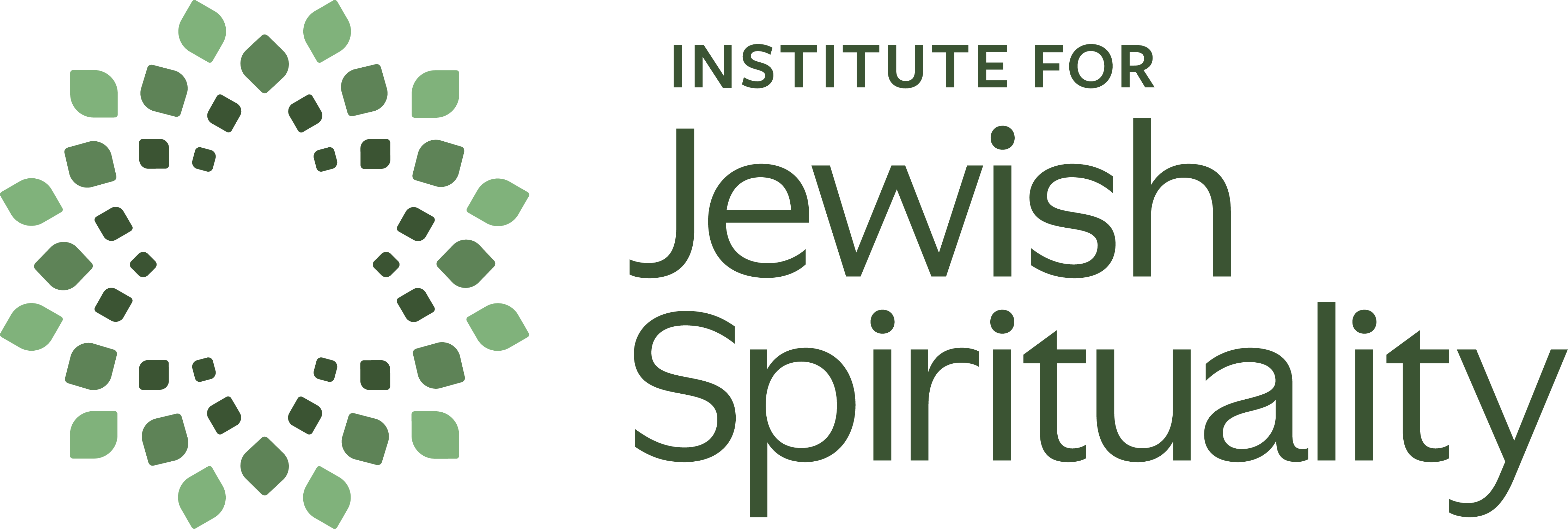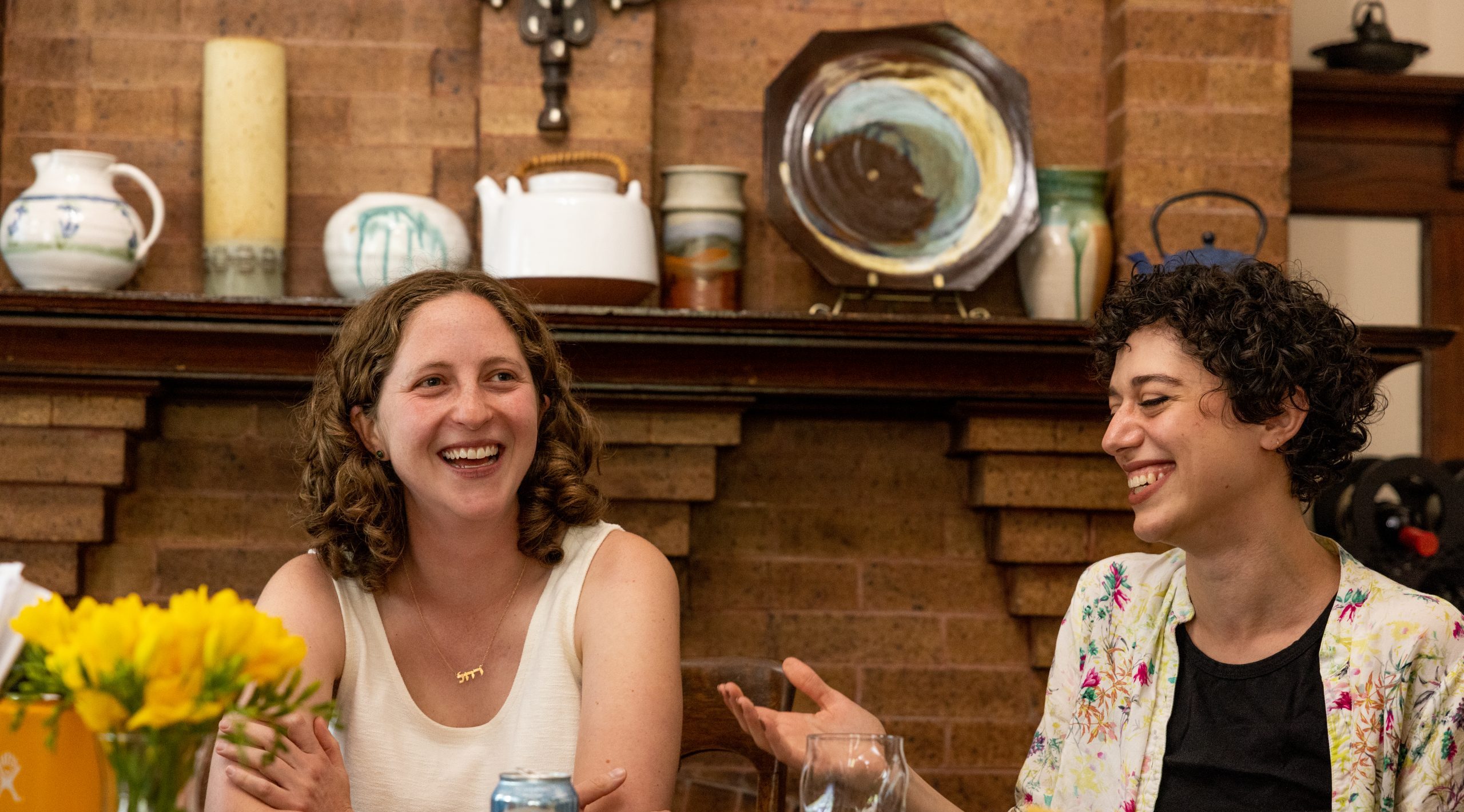Rabbi Jonathan Slater
It is a delight and an honor to be able to bring these translations of some of R. Levi Yitzhak’s teachings out into the world, and to connect them to our own lived lives. I have tried to be concrete in suggesting how these teachings can be practiced daily, how they can be brought into our day-to-day experience. Here is an example for Shavuot:
We are taught in the Talmud (Pesachim 68b): R. Eliezer said: “On a Festival we have no other option than either to eat and drink or to sit and study”. R. Yehoshua said: “Divide it: half of it to eating and drinking, and half of it to study. In response R. Yohanan said: “Both come to their teaching from the same verses. One verse says, ‘[After eating unleavened bread six days, on the seventh day] you shall hold a solemn gathering (atzeret) for YHVH your God: [you shall do no work]’ (Deut. 16:8), while another verse says, ‘On the eighth day you shall hold a solemn gathering (atzeret); [you shall not work at your occupations]’ (Num. 29:35). R. Eliezer reasons that the atzeret is either entirely for God or entirely for you, while R. Yehoshua reasons that we divide it, half for God and half for yourselves.” … R. Eleazar said: “All agree in respect to Shavuot (called atzeret by the Sages) must be ‘for you’ too. What is the reason? It is the day on which the Torah was given.”
On Pesach we rejoice; we rejoice in our bodies that we have come out from slavery. This is a physical boon. On Shavuot the joy is because God gave us the Torah. But, receiving the Torah is only a spiritual joy, and it is difficult for the body to rejoice.
That is why the Sages taught that Atzeret must be also “for yourselves,” so that the body, too, will rejoice. In this way we will truly believe that Torah offers us two lives (chayyei olam): the life of the world to come and the life of this world. Scripture proves this: regarding the former it says, “In her right hand is length of days, [in her left, riches and honor]” (Prov. 3:16); regarding the latter, “It will be a cure for your body, [a tonic for your bones]” (ibid. 8). Therefore, the body will rejoice as well, exulting from bringing this awareness to heart.
Other Festivals are endowed with specific rituals to mark their observance. But, this is not the case with Shavuot. Therefore, the sages emphasize that it, too, is meant as a day in which we take delight, and is not only one of spiritual devotion. This is an invitation to Levi Yitzhak to emphasize the Hasidic attention to the body as a potential source of spiritual awareness. We come to perceive the presence of the divine not by withdrawing from the world, but by bringing even more focused and precise attention to it. It is there that we will come to know that all of creation is filled with God’s glory.
Levi Yitzhak is aware of this as well. He notes that when we experience delight in the body, it helps us to connect to our spiritual selves. Those activities that we find liberating – those that we choose, those that enliven the body, those that delight the body – free the heart and mind and soul to reach out to God in celebration and thanks. Those activities that we experience as limiting or burdensome, dull the spirit and bring darkness.
Perhaps, then, we might want to ask what is missing in our engagement in synagogue services. How might they be like “Shavuot” in this lesson: activities that are cerebral, where the meaning is an idea and experience ephemeral? If this analogy is to be helpful, then something like “food and drink” to engage and delight the body may be needed to enliven the experience, and turn it into a delight.
Here are a few suggestions for investigation:
- How might singing be utilized as a way to wake up the body? How does singing bring delight into the body in a manner that supports us in connecting to that which is not concrete?
- Much of the physical activity during services is simply standing and sitting (and a lot of the latter). How might other sorts of physical activity (shukling, swaying; dancing; movement of arms and legs) help to connect the awareness of the body, and its delight in movement, to the cerebral?
- What might clergy and congregants do to offer each other relief and support in their shared roles in congregational worship? Each have different responsibilities, surely, but might better understanding of those responsibilities, interest in the experience of the other and involvement in seeking the wellbeing of the other during services release energy in the body to make the experience a delight?
- Food is often the “reward” for participation in services. How might that relationship between physical delight and spiritual awareness be shifted?
Fatigue and boredom are the products of dissociation and alienation. Connecting again to our own inner experience – both of the spirit and of the body – can help to bring delight into our communal religious lives.


